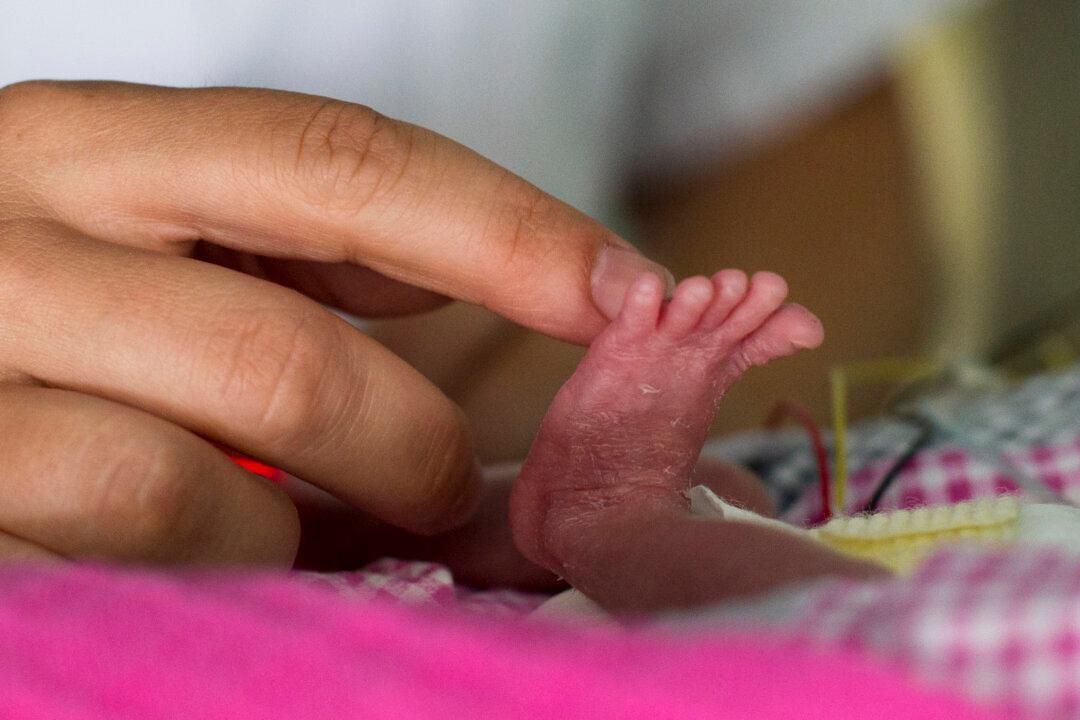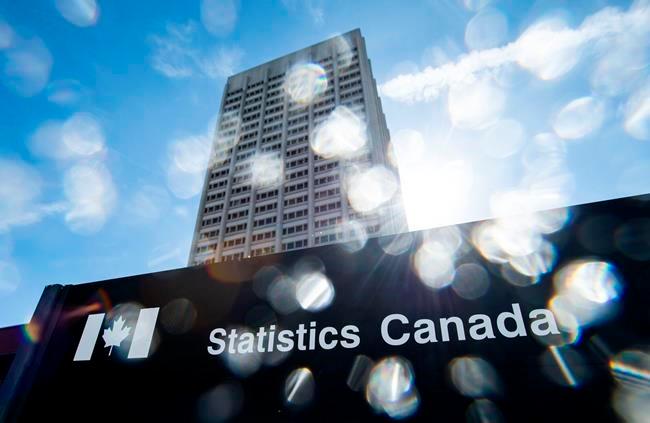Rates of syphilis during pregnancy have risen a whopping 2,345 percent in Ontario in just four years, according to recently released government data.
Cases of congenital syphilis—where the disease is passed to a baby during pregnancy or at birth—have increased substantially across Canada, rising 599 percent between 2018 and 2022, the last year for which figures are available.





